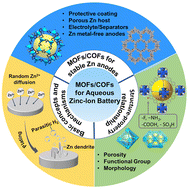Inorg. Chem. Front., 2023, 10,5573-5583
DOI: 10.1039/D3QI00452J, Research Article
DOI: 10.1039/D3QI00452J, Research Article
Yuhang Yao, Jiyun Hu, Guiyu Liu, Yin-Shan Meng, Song Gao, Jun-Long Zhang
We reported a prominent counterion effect, where bifluoride synergistically activates hydrosilane to promote the formation of an active gold hydride intermediate, on hydrodefluorination and hydrosilylation of CO2.
The content of this RSS Feed (c) The Royal Society of Chemistry
We reported a prominent counterion effect, where bifluoride synergistically activates hydrosilane to promote the formation of an active gold hydride intermediate, on hydrodefluorination and hydrosilylation of CO2.
The content of this RSS Feed (c) The Royal Society of Chemistry






 Open Access
Open Access





